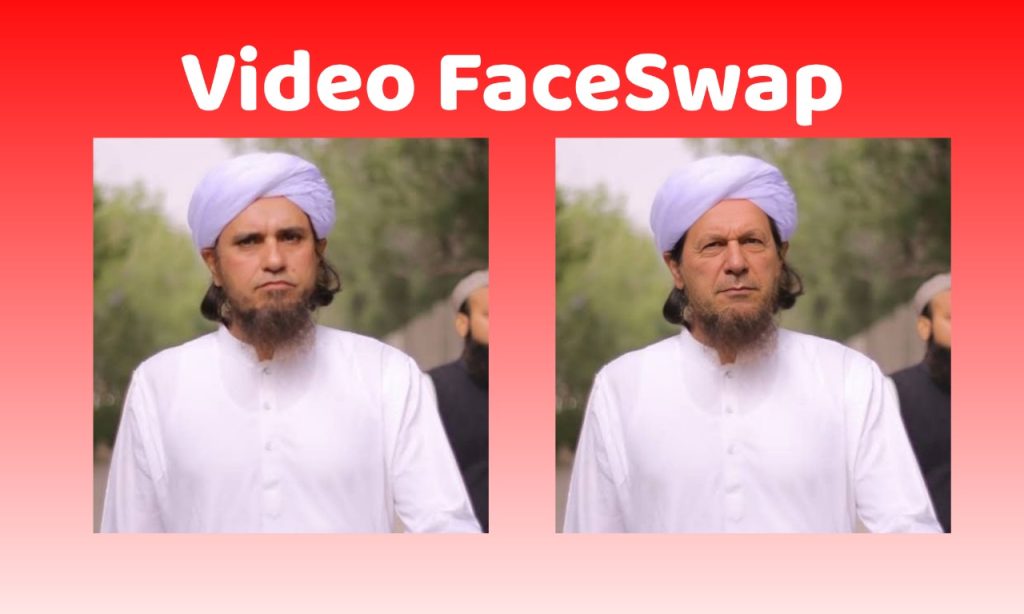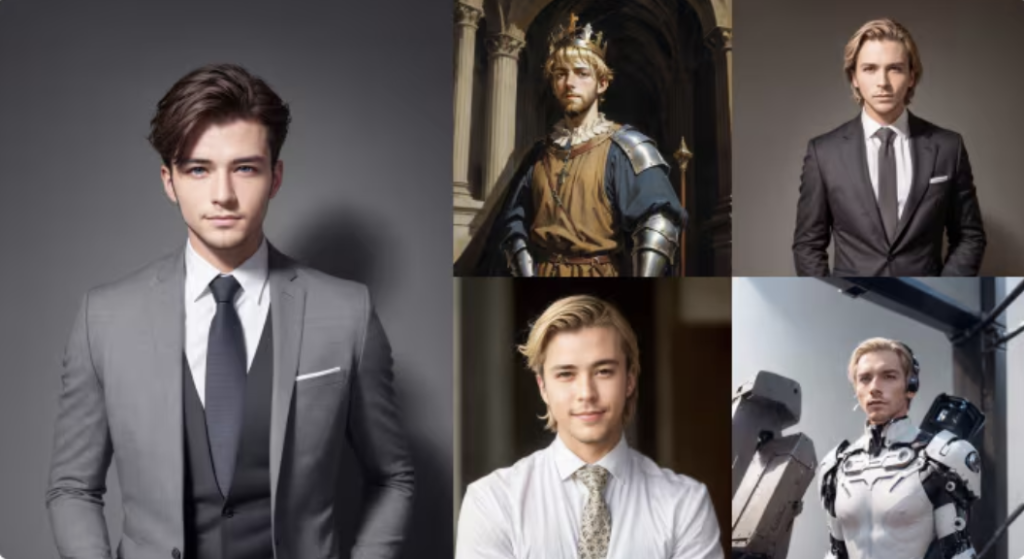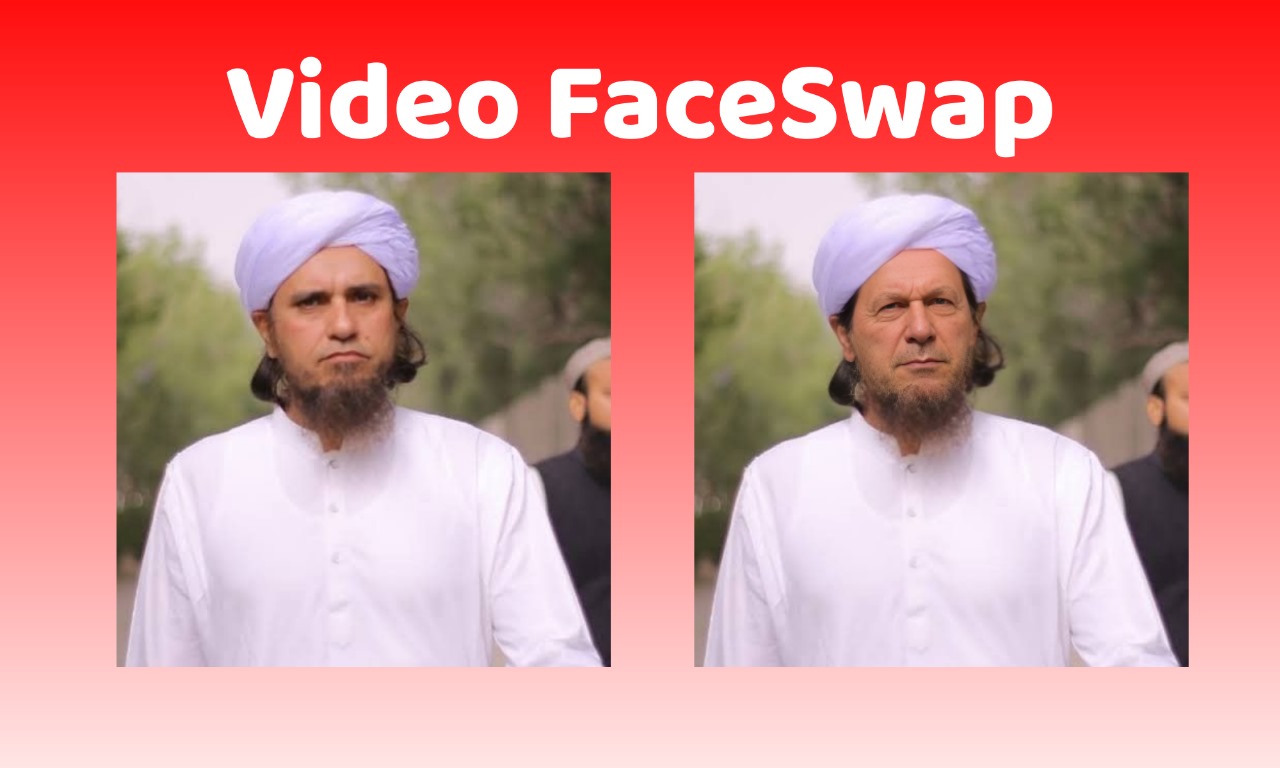Video Facewap – Best Ai Website
In an age where digital innovation is transforming the way we interact with media, video face swap technology has become one of the most intriguing and controversial developments. From lighthearted social media filters to sophisticated deepfake technology, face swapping in videos has evolved rapidly, raising both excitement and concerns. This article explores how video face swap technology works, its applications, potential risks, and the future it holds for digital media. Video Facewap – Best Ai Website
What Is Video Face Swap?
At its core, video face swap technology involves replacing a person’s face in a video with someone else’s, creating the illusion that the swapped face belongs to the original subject. While static face swapping in photos has existed for years, advances in artificial intelligence (AI) and machine learning have taken video face swapping to an entirely new level of realism.

The technology behind video face swapping relies on complex algorithms, including deep learning frameworks such as Generative Adversarial Networks (GANs). These models analyze facial structures, expressions, and movements to accurately map and recreate a new face in motion. As a result, the final product can appear seamless, making it increasingly difficult to distinguish between real and altered content.
How Does Video Face Swap Technology Work?
The process of swapping faces in a video generally involves several key steps:
- Data Collection
A large dataset of both the source and target faces is required. This includes various angles, lighting conditions, and facial expressions to ensure a realistic swap. - Facial Recognition and Mapping
AI-powered facial recognition software detects the features of the faces involved—such as eyes, nose, mouth, and jawline. This data is then used to create a detailed facial map. - Training the Model
Using machine learning techniques, the software trains on the collected data to learn how the target face moves and behaves in different scenarios. - Face Swapping and Rendering
Once trained, the AI replaces the original face with the target face, adjusting for movements, lighting, and expressions to ensure a smooth transition. - Post-Processing
Additional editing is often performed to correct any inconsistencies, ensuring the final product appears as authentic as possible.
Popular Applications of Video Face Swap
While the idea of face swapping might sound futuristic, its use has already permeated several areas of digital culture:
- Entertainment and Social Media
Apps like Snapchat, Instagram, and TikTok use basic face swap filters to create fun and engaging content for users. These filters are widely popular for creating humorous or creative videos. - Film and Television
Hollywood has embraced face swap technology for de-aging actors, recreating historical figures, or even reviving deceased actors for certain roles. This allows filmmakers to push creative boundaries without the limitations of physical casting. - Advertising and Marketing
Brands are experimenting with face swapping to create personalized advertisements, allowing users to see themselves in commercials or product demonstrations. - Virtual Reality (VR) and Gaming
Incorporating face swapping into VR and gaming enhances user immersion, letting players embody different characters while maintaining a level of personal identification.
Ethical Considerations and Risks
Despite its creative potential, video face swap technology raises significant ethical concerns. The most notable issue involves deepfakes, a term describing hyper-realistic videos where someone’s face is swapped without their consent, often for malicious purposes.
Some of the risks include:
Misinformation and Fake News
Deepfake videos can be used to spread false information, potentially damaging reputations or influencing public opinion.
Privacy Violations
Using someone’s likeness without consent infringes on privacy rights, which could have legal implications.
Cyberbullying and Harassment
Face swapping can be exploited to create inappropriate or harmful content targeting individuals.
To combat these risks, governments and tech companies are working on developing detection tools and implementing regulations to control the misuse of such technology.
The Future of Video Face Swap Technology
As video face swap technology continues to advance, its applications will likely expand even further. Improvements in AI models are making face swaps more seamless and accessible, opening doors to creative industries and beyond. However, balancing innovation with ethical responsibility will remain critical.

Future developments may include:
Improved Detection Tools
To address the rise of deepfakes, advanced detection algorithms are being developed to differentiate between real and manipulated content.
Stricter Regulations
Governments are increasingly recognizing the need for legal frameworks to prevent misuse while still encouraging innovation.
Enhanced Creative Applications
With better accuracy and reduced costs, we may see wider adoption of face swap technology in mainstream entertainment, virtual communication, and personalized marketing.
Conclusion
Video face swap technology represents a fascinating blend of creativity and cutting-edge AI advancements. While it opens up numerous possibilities for entertainment, marketing, and storytelling, it also introduces ethical challenges that need careful consideration. As the technology evolves, fostering responsible use while mitigating risks will be crucial for ensuring that its benefits outweigh potential harms.
Whether you’re swapping faces for a fun social media post or watching a blockbuster film that seamlessly blends reality and fiction, the impact of video face swapping is undeniable—and its future is only just beginning.
